In any classroom, school desks are an indispensable piece of furniture. They give pupils a space to sit, write, and keep their stuff. School desks are available in various sizes and designs to meet the demands of various ages.
Types of School Desks
Traditionally, wood has been the most common material for crafting school desks. Various types of wood are employed, including solid hardwood, softwood, and engineered wood. Solid hardwoods like oak, mahogany, cherry, maple, and walnut are preferred for strength, longevity, and elegant aesthetics. However, due to the high cost of hardwoods, they are primarily used in higher-end private schools or universities. Hardwood is more resilient, while pine and cedar are more reasonably priced softwoods. However, softwood desks can still last long with appropriate treatments and maintenance. Because they are inexpensive and straightforward, engineered wood alternatives like plywood, medium-density fiberboard (MDF), and particle board are also often utilized. These are constructed by bonding wood particles or fibers with an adhesive, making them highly resistant to warping or splitting. Plastic cheap desk has been gaining popularity lately for school desks because of its affordability, durability, and lightweights. There are different types of plastic used in manufacturing school desks. Polyethylene and polypropylene are two of the most common types. These plastics are not only resistant to breaking or cracking but are also easy to clean and maintain. Plus, their lightweight nature makes this student desk easy to rearrange, facilitating dynamic learning environments.
Another type of school desk is the vintage school desk; these are often restored or repurposed from antique pieces, giving them a distinctly vintage appeal. Vintage school desks often feature unique designs and materials not found in modern desks. These desks may have distressed wood finishes, metal frames, or intricate carvings that add character and charm to the learning environment.
Considerations for Choosing School Desks
When selecting student desks for classroom, several factors should be considered to ensure the best possible learning environment, such as ergonomics and adjustability. Choosing desks that provide proper back support, seat height adjustment, and ample legroom is essential to promote good posture and comfort. Another important consideration when selecting school desks is durability. One should opt for high-quality materials that can withstand daily wear and tear. For example, desk surfaces covered with laminated material are easy to clean and resistant to scratches and graffiti. This allows schools to keep their desks in good condition for many years, saving them money in replacement costs. A metal school desk might also discourage carving, a common practice in wooden desks that can lead to irreparable damage.
Taking into account the particular requirements of the students—such as areas for storage, surfaces for writing, and accessibility features—also helps. Montessori and collaborative learning systems can benefit from modular desks and desks with whiteboards. Classroom layout and configuration are also factors to keep in mind. Choosing desks arranged in various configurations can support different teaching styles and learning activities. For example, a foldable desk is suitable for classrooms where space is needed often.
School desks are more than just furniture; they are essential tools for creating a conducive learning environment that fosters engagement, promotes productivity, and supports students' physical and academic well-being. By carefully selecting and utilizing antique school desk that meets the needs of students and the classroom environment, educators can empower learners to reach their full potential.


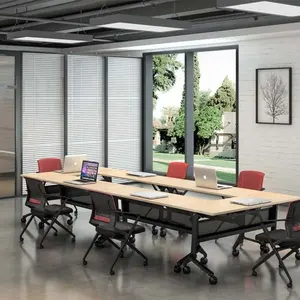








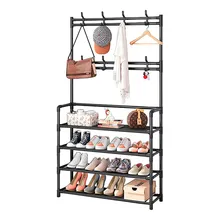


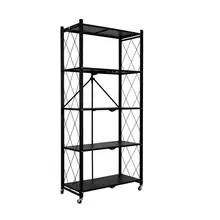


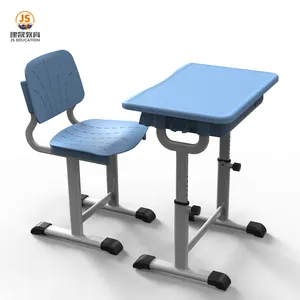


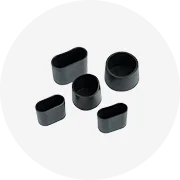
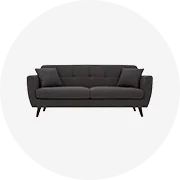
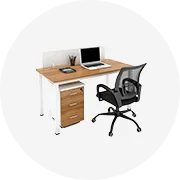

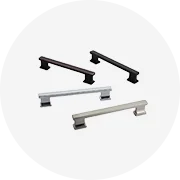
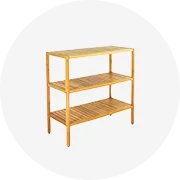

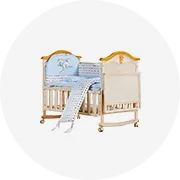








 浙公网安备 33010002000092号
浙公网安备 33010002000092号 浙B2-20120091-4
浙B2-20120091-4